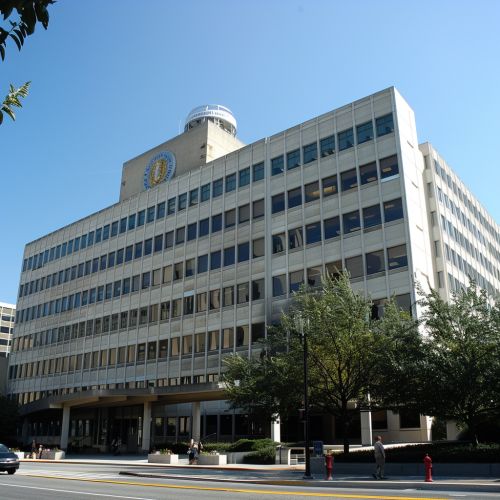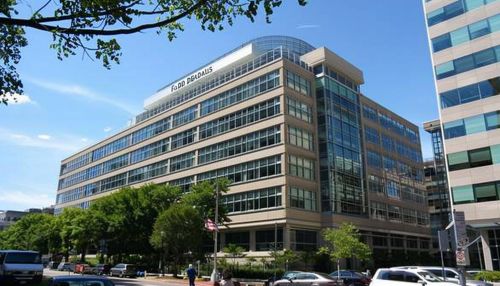Federal Food, Drug, and Cosmetic Act
Federal Food, Drug, and Cosmetic Act
The Federal Food, Drug, and Cosmetic Act (FD&C Act) is a set of laws passed by Congress in 1938, which gives authority to the U.S. Food and Drug Administration (FDA) to oversee the safety of food, drugs, and cosmetics. This comprehensive legislation was enacted to ensure the safety and efficacy of consumer products and to protect public health.


Historical Context
The FD&C Act was signed into law by President Franklin D. Roosevelt on June 25, 1938. The Act replaced the earlier Pure Food and Drug Act of 1906, which had proven inadequate in addressing the complexities of modern food and drug safety. The impetus for the new legislation was largely due to public outcry following the 1937 Elixir Sulfanilamide disaster, in which a toxic solvent used in the drug formulation resulted in over 100 deaths.
Key Provisions
The FD&C Act is divided into several chapters, each addressing different aspects of food, drug, and cosmetic regulation. Key provisions include:
Chapter I: Definitions
This chapter provides definitions for terms used throughout the Act, such as "food," "drug," "cosmetic," and "device." These definitions are crucial for the proper interpretation and enforcement of the Act.
Chapter II: Prohibited Acts and Penalties
This chapter outlines the actions that are prohibited under the Act and the penalties for violations. Prohibited acts include the adulteration or misbranding of any food, drug, or cosmetic, as well as the introduction of such products into interstate commerce.
Chapter III: Food
This chapter sets forth the standards for food safety, including the prohibition of adulterated or misbranded food products. It also authorizes the FDA to establish regulations for food additives and to conduct inspections of food manufacturing facilities.
Chapter IV: Drugs and Devices
This chapter addresses the regulation of drugs and medical devices. It requires that new drugs be proven safe and effective before they can be marketed, and it establishes procedures for the approval of new drug applications (NDAs). The chapter also includes provisions for the regulation of over-the-counter (OTC) drugs and medical devices.
Chapter V: Cosmetics
This chapter regulates the safety and labeling of cosmetics. It prohibits the marketing of adulterated or misbranded cosmetics and authorizes the FDA to establish regulations for cosmetic ingredients and labeling.
Amendments and Revisions
Since its enactment, the FD&C Act has been amended numerous times to address emerging public health concerns and advancements in science and technology. Notable amendments include:
Durham-Humphrey Amendment (1951)
This amendment established the distinction between prescription and OTC drugs, requiring that certain drugs be dispensed only with a prescription from a licensed healthcare provider.
Kefauver-Harris Amendment (1962)
Prompted by the thalidomide tragedy, this amendment strengthened the requirements for drug safety and efficacy. It mandated that drug manufacturers provide substantial evidence of a drug's effectiveness before approval and required informed consent from clinical trial participants.
Medical Device Amendments (1976)
These amendments established a comprehensive regulatory framework for medical devices, including classification, premarket approval, and postmarket surveillance.
Orphan Drug Act (1983)
This act provided incentives for the development of drugs for rare diseases, known as orphan drugs, by offering tax credits, grant funding, and market exclusivity.
Food and Drug Administration Modernization Act (1997)
This act aimed to streamline the drug approval process, enhance patient access to experimental therapies, and improve the regulation of medical devices.
Enforcement and Compliance
The FDA is responsible for enforcing the provisions of the FD&C Act. The agency conducts inspections of manufacturing facilities, monitors adverse event reports, and takes enforcement actions against violators. Enforcement actions can include warning letters, product seizures, injunctions, and criminal prosecutions.
Impact on Public Health
The FD&C Act has had a profound impact on public health by ensuring the safety and efficacy of food, drugs, and cosmetics. It has helped to prevent the distribution of harmful products and has provided a framework for the regulation of new and innovative therapies.
Challenges and Criticisms
Despite its successes, the FD&C Act has faced challenges and criticisms. Some critics argue that the drug approval process is too lengthy and costly, potentially delaying access to life-saving treatments. Others contend that the Act does not go far enough in regulating certain products, such as dietary supplements and cosmetics.
Future Directions
The FD&C Act continues to evolve in response to new scientific discoveries and public health challenges. Future amendments may address issues such as the regulation of personalized medicine, the oversight of digital health technologies, and the safety of emerging food ingredients.
